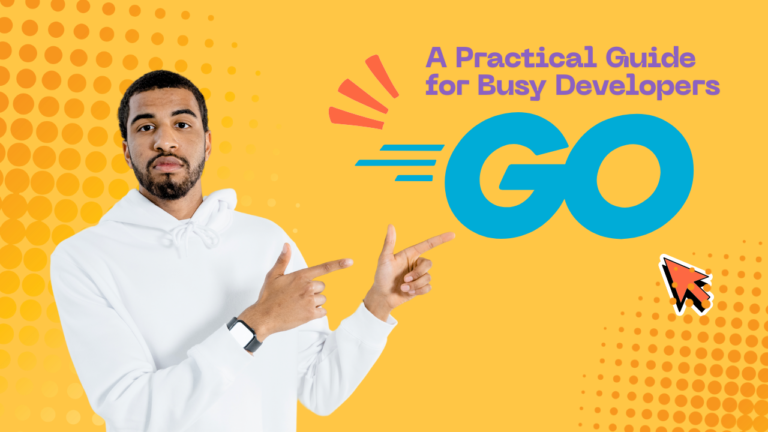Introduction
Frontend performance optimization is crucial for delivering fast, responsive, and user-friendly web applications, especially for large-scale projects. As web applications grow in complexity, traditional optimization techniques may fall short. AI-powered tools and techniques offer a game-changing approach to performance enhancement by automating analysis, identifying bottlenecks, and providing actionable solutions. This blog explores how to leverage AI for optimizing frontend performance, along with practical examples and tools.
1. Why AI for Frontend Performance Optimization?
-
Challenges of Manual Optimization:
- Identifying performance bottlenecks can be time-consuming.
- Complexity increases with application scale.
- Manual testing often overlooks edge cases.
-
Benefits of AI-Powered Optimization:
- Automates performance analysis.
- Provides data-driven recommendations.
- Continuously monitors and improves performance.
- Enhances scalability by adapting to evolving application demands.
2. Key Areas Where AI Enhances Frontend Performance
-
Code Analysis and Minification:
- AI tools analyze code for redundant or inefficient patterns.
- Automatically minifies code without affecting functionality.
-
Resource Loading Optimization:
- Identifies optimal loading strategies for assets like images, scripts, and styles.
- Implements lazy loading, preloading, and resource prioritization.
-
Real-Time Performance Monitoring:
- AI detects performance degradation in real time.
- Predicts potential issues before they impact users.
-
User Behavior Analysis:
- Analyzes user interactions to prioritize critical content rendering.
- Adapts loading strategies based on user behavior patterns.
-
Automated Testing for Performance Metrics:
- AI continuously tests applications to ensure compliance with performance benchmarks like First Contentful Paint (FCP) and Time to Interactive (TTI).
3. Popular AI Tools for Frontend Optimization
-
Google Lighthouse with Machine Learning:
- Offers performance audits with actionable recommendations.
- Uses ML models to suggest optimal fixes.
-
NitroPack:
- AI-driven performance optimization for caching, minification, and lazy loading.
-
Cloudinary:
- Optimizes media assets with AI-powered compression and resizing.
-
Calibre:
- Provides AI insights for improving Core Web Vitals.
-
LogRocket:
- Tracks user sessions and uses AI to detect performance issues.
4. Implementing AI-Powered Optimization Techniques
Step 1: Set Up Performance Monitoring
-
Integrate Google Lighthouse:
- Run Lighthouse in your CI/CD pipeline to monitor performance metrics.
Example:
npx lighthouse http://localhost:3000 --output=json --output-path=./report.json -
Use AI-Powered Dashboards:
- Tools like Calibre or Datadog provide real-time monitoring with AI insights.
Step 2: Optimize Resource Loading
-
Implement Lazy Loading:
const LazyImage = ({ src, alt }) => ( <img loading="lazy" src={src} alt={alt} /> ); -
Use AI Tools for Asset Compression:
- Example with Cloudinary:
const optimizedImage = `https://res.cloudinary.com/demo/image/upload/w_500,h_500,c_fill/${imagePath}`;
- Example with Cloudinary:
Step 3: Code Optimization with AI
-
Identify Redundant Code:
- Tools like DeepCode analyze and suggest code improvements.
-
Minify JavaScript and CSS:
- Use AI-driven bundlers like Webpack with Terser plugin.
npm install terser-webpack-plugin -
Tree Shaking:
- Automatically eliminate unused code.
optimization: { usedExports: true, };
Step 4: Adaptive Loading Strategies
-
Critical Path Rendering:
- AI determines the critical resources needed for initial rendering.
-
Service Worker Caching:
- Use Workbox for AI-optimized caching strategies.
workbox.routing.registerRoute( new RegExp('.*\.js'), new workbox.strategies.NetworkFirst() );
5. Case Study: AI-Optimized Frontend for E-Commerce
Scenario:
- An e-commerce website faced high bounce rates due to slow loading times.
Solution:
-
Integrated Lighthouse for monitoring:
- Identified slow-loading assets and large JavaScript bundles.
-
Implemented Cloudinary for images:
- Reduced image sizes by 40% with no visible quality loss.
-
Used AI for critical rendering path analysis:
- Prioritized loading of above-the-fold content.
Result:
- Improved FCP by 30%.
- Reduced bounce rates by 20%.
6. Best Practices for AI-Driven Optimization
-
Combine AI with Traditional Techniques:
- Use AI to enhance existing optimization methods.
-
Prioritize Core Web Vitals:
- Focus on metrics like LCP, FID, and CLS for better user experience.
-
Continuous Monitoring:
- Use AI tools to monitor performance regularly.
-
Collaborate Across Teams:
- Share AI-generated insights with designers, developers, and QA teams.
7. Challenges and Solutions
-
Challenge: High cost of AI tools.
- Solution: Start with free or open-source options like Lighthouse.
-
Challenge: Learning curve for AI integration.
- Solution: Begin with user-friendly tools like NitroPack.
-
Challenge: Over-reliance on AI.
- Solution: Balance AI recommendations with manual optimizations.
Conclusion
AI is revolutionizing frontend performance optimization for large-scale applications. By automating resource loading, enhancing code efficiency, and providing actionable insights, AI empowers developers to build faster and more scalable applications. Start integrating AI into your optimization workflow today to stay ahead in the competitive digital landscape.
FAQs:
-
Which AI tool is best for frontend performance optimization? Google Lighthouse and NitroPack are excellent choices.
-
Can AI replace manual performance optimization? AI complements manual techniques, making optimization more efficient.
-
How does AI improve user experience in large-scale apps? By automating performance analysis and optimizing resource loading, AI ensures faster and smoother interactions.

